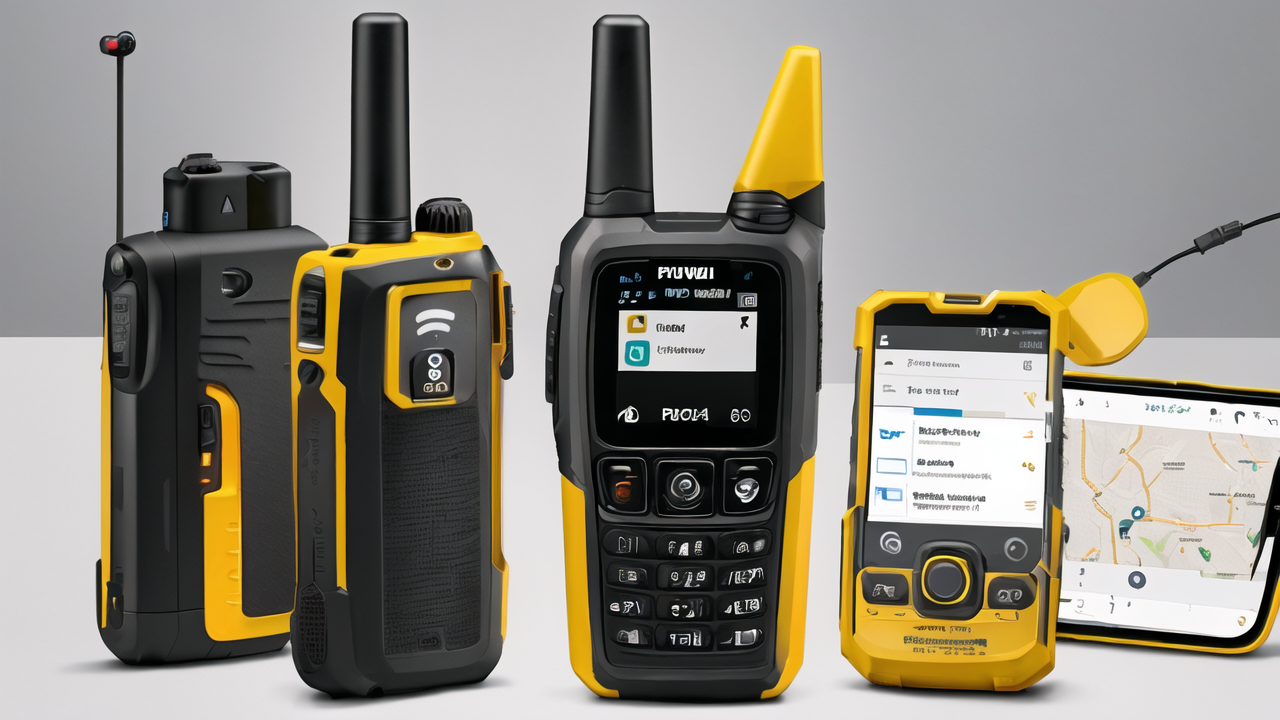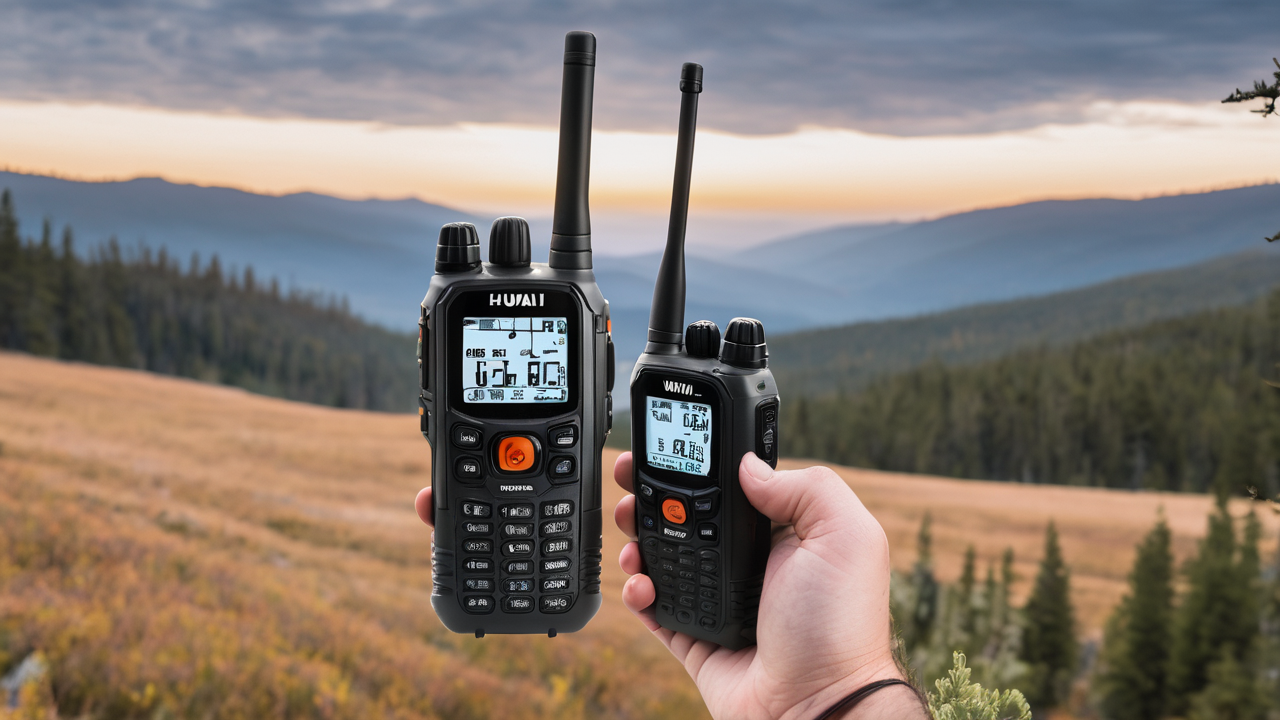The Fundamentals of Walkie Talkie Technology in the United States
What is a Walkie Talkie?
A walkie talkie is a portable two-way radio. It allows people to talk to each other over short distances. These devices are handheld and battery-powered. They work without cell towers or internet.

Walkie talkies use radio waves to send and receive voice messages. They have a speaker and microphone built in. Users press a button to talk and release it to listen. This is called "push-to-talk" or PTT.
These devices are popular for many reasons. They are easy to use and don't need a network. They work well in remote areas. Walkie talkies are used by many groups. This includes emergency services, businesses, and outdoor enthusiasts.
Key Technologies Driving Walkie Talkie Devices
Walkie talkies use several key technologies. These help improve range and clarity. Here are some important ones:
- Frequency Modulation (FM): This helps reduce noise and improve sound quality.
- Squelch Control: This cuts out background noise when no one is talking.
- Voice Activation (VOX): This allows hands-free operation.
- Digital Signal Processing (DSP): This enhances voice clarity.
- Encryption: This keeps conversations private.
Modern walkie talkies also use advanced features. These include GPS tracking and Bluetooth connectivity. Some can even connect to smartphones. These technologies make walkie talkies more versatile and useful.
The Evolution of Walkie Talkie Systems in the US Market
Walkie talkies have come a long way since their invention in the 1940s. At first, they were big and heavy. They were mainly used by the military. Over time, they became smaller and more affordable.
In the 1970s, CB radios became popular. This led to more interest in personal two-way radios. The FRS (Family Radio Service) was introduced in 1996. This made walkie talkies more accessible to the public.
Today, walkie talkies are used in many industries. They are essential for construction, security, and event management. Advanced models offer features like text messaging and group calling.
The US market has seen a shift towards digital walkie talkies. These offer better range and voice quality. They also allow for more features and privacy options.
Regulatory Considerations for Walkie Talkie Distance in the US
FCC Regulations and Compliance for Walkie Talkie Devices
The Federal Communications Commission (FCC) regulates walkie talkies in the US. They set rules for frequency use, power output, and device features. These rules ensure fair use of radio waves.

FCC regulations define different types of walkie talkies:
- FRS (Family Radio Service): For personal use, no license needed.
- GMRS (General Mobile Radio Service): For personal or business use, license required.
- MURS (Multi-Use Radio Service): For short-distance, two-way communications.
Each type has its own rules. These cover things like channel use and antenna design. Users must follow these rules to stay legal. Manufacturers must get FCC approval before selling devices.
The FCC updates rules as technology changes. In 2017, they made changes to FRS and GMRS rules. This allowed for more powerful FRS radios.
Maximum Power Output and Its Impact on Distance
Power output is a key factor in walkie talkie range. The FCC sets limits on how much power devices can use. This affects how far the signal can travel.
For FRS radios, the maximum power is 2 watts. GMRS radios can use up to 50 watts. Higher power means longer range. But it also means shorter battery life.
Power isn't the only factor in range. Terrain, weather, and obstacles all play a role. In ideal conditions, FRS radios can reach up to 2 miles. GMRS radios can go much further, up to 30 miles.
It's important to note that advertised ranges are often optimistic. Real-world range is usually less. Users should choose a device based on their specific needs.
Operating Frequencies and Distance Capabilities
Walkie talkies use different frequencies. These affect range and performance. In the US, common frequencies are:
- FRS: 462-467 MHz
- GMRS: 462-467 MHz
- MURS: 151-154 MHz
Lower frequencies travel further. They are better at going through obstacles. Higher frequencies offer clearer sound. But they don't go as far.
FRS and GMRS share some channels. This can lead to interference in busy areas. MURS uses lower frequencies. It can offer better range in some situations.
Channel selection is important. Some channels are shared, others are exclusive. Users should check which channels work best in their area.
Practical Applications and User Experience
Real-World Distance Scenarios: From Urban to Rural Areas
Walkie talkie range varies greatly in different settings. In cities, buildings and interference limit range. In open rural areas, signals can travel much further.

Urban scenarios:
- City streets: 0.5 to 1 mile range
- Inside buildings: 100 to 300 feet
- Parks: 1 to 2 miles
Rural scenarios:
- Open fields: 2 to 5 miles
- Forests: 1 to 3 miles
- Mountains: Variable, depends on terrain
Factors like weather and time of day can also affect range. Rain and fog can reduce signal strength. Night time often offers better range due to less interference.
Users should test their devices in their specific environment. This helps set realistic expectations for range.
User Preferences and the Demand for Long-Range Communication
Many users want walkie talkies with long range. This is especially true for outdoor enthusiasts and emergency services. Long range offers more flexibility and safety.
Popular uses for long-range walkie talkies include:
- Hiking and camping trips
- Hunting and fishing expeditions
- Search and rescue operations
- Large event coordination
Users often look for devices with:
- High power output (for GMRS)
- Multiple channels and privacy codes
- Weather alerts and emergency features
- Long battery life
Some users prefer simpler, short-range devices. These are good for family outings or small worksites. They are often cheaper and easier to use.
Enhancing the Walkie Talkie Experience with Advanced Features
Modern walkie talkies offer many advanced features. These improve usability and expand functionality. Some popular features include:
- GPS tracking: Helps locate team members
- Bluetooth connectivity: Allows use with headsets
- Text messaging: Useful when voice communication isn't ideal
- Group calling: Enables communication with multiple users at once
- Water resistance: Important for outdoor use
- Noise cancellation: Improves clarity in loud environments
These features can greatly enhance the user experience. They make walkie talkies more versatile and useful in various situations.
Some users prefer simple devices without extra features. Others want all the latest technology. Manufacturers offer a range of options to meet different needs.
In conclusion, understanding walkie talkie range is crucial for US users. It involves technology, regulations, and practical considerations. By knowing these factors, users can choose the right device for their needs. Whether for work or play, walkie talkies remain a valuable communication tool.


